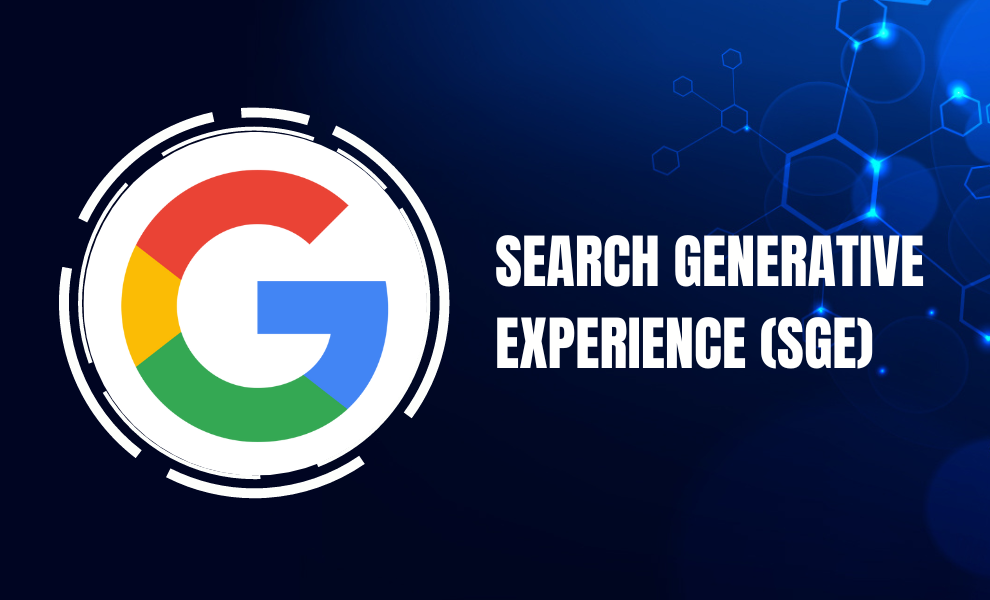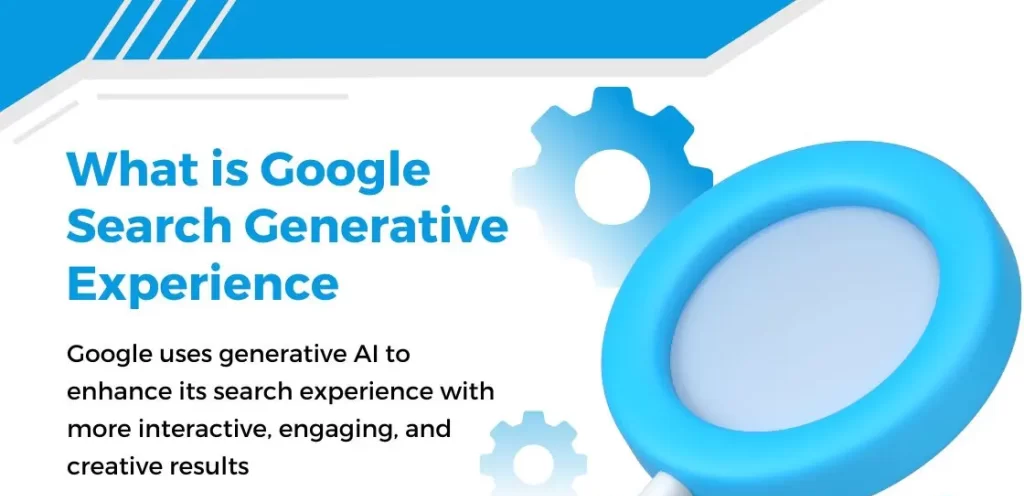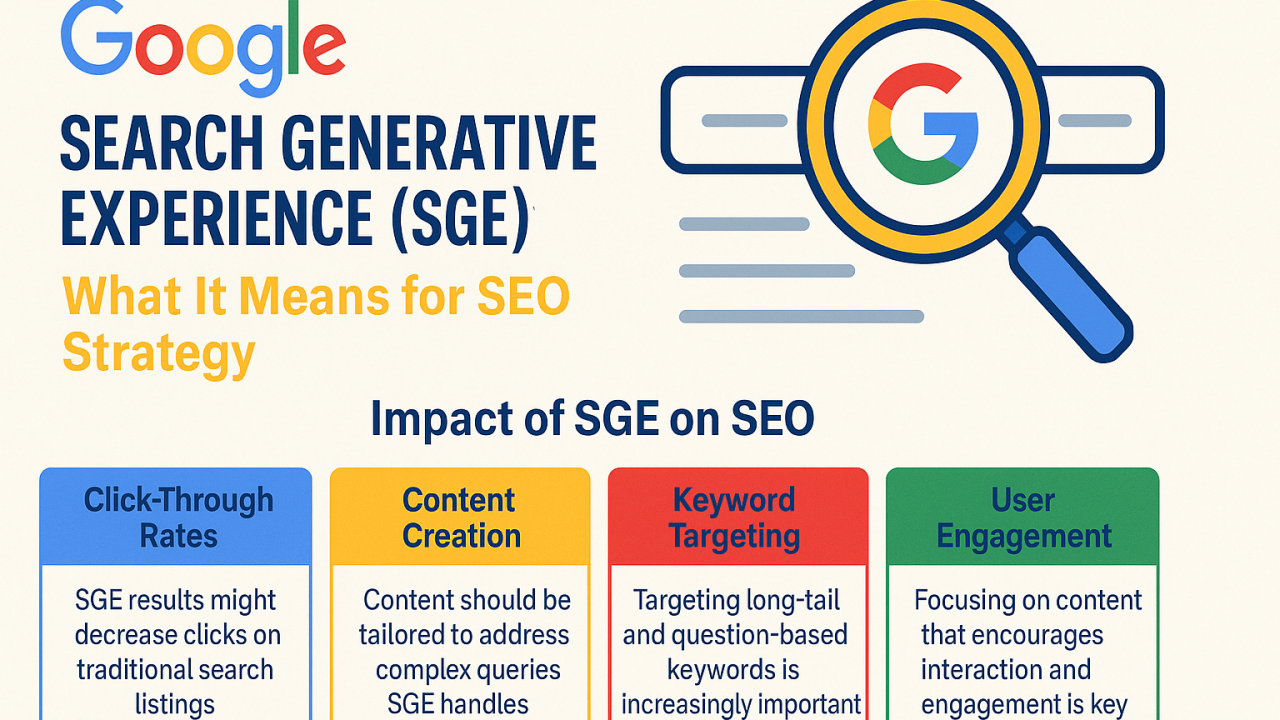
- July 21, 2025
- wallahleads@gmail.com
- 0
Google’s Search Generative Experience (SGE) marks a significant shift in how users interact with search engines. No longer are we just typing in queries and scanning blue links. With SGE, Google uses generative AI to answer queries more conversationally, visually, and contextually. This new AI-powered interface is not just a change in appearance—it’s a transformation in user behavior and content visibility.
For digital marketers and SEO strategists, understanding SGE is not optional—it’s essential.
What Is SGE and How Does It Work?

SGE is Google’s latest experiment integrating generative AI into its search results. Instead of simply listing websites, SGE provides an “AI Snapshot” at the top of the results page, summarizing the most relevant information from across the web. It’s designed to help users get a comprehensive answer quickly—without clicking multiple links.
This generative snapshot is powered by Google’s Gemini models, trained to understand intent, context, and deliver human-like responses. It also includes follow-up questions and content cards, keeping users engaged within the Google ecosystem longer.
Why SGE Matters to Marketers and Brands
SGE changes the visibility game. Traditional organic rankings may now sit beneath AI-generated summaries. If your content isn’t optimized for how AI interprets and curates answers, you risk being left behind—even if you rank #1 in classic SEO.
Key implications for marketers:
Lower click-through rates (CTR) for traditional search listings.
Higher importance on structured, clear, and AI-friendly content.
Greater competition to be featured within the AI snapshot.
How to Optimize for SGE: New Rules for AI-First SEO

To stay visible in the age of SGE, marketers must rethink their strategies. Here are core focus areas:
Content Clarity & Authority: Write concise, informative answers with authoritative sources. Google prioritizes high-E-E-A-T (Experience, Expertise, Authoritativeness, and Trustworthiness).
Conversational Content: AI pulls content that matches user intent and tone. Use natural, question-based headings and human-like explanations.
Structured Data: Schema markup helps Google understand and extract your content into AI snapshots.
Multimedia Integration: SGE includes images, product cards, reviews, and videos. Optimize across formats—not just text.
Topic Clustering: Cover entire topic ecosystems instead of isolated keywords. AI favors context-rich, interlinked content.
How SGE Impacts Paid Ads and Ecommerce
SGE also impacts how Google Ads are displayed. As AI overviews push organic results further down, paid listings may also get reduced visibility—or be integrated into AI summaries.
For ecommerce:
Product cards may now appear within snapshots.
Reviews, pricing, and specs need to be properly tagged.
Brand authority will affect selection into these cards.
Marketers will need to adapt Google Ads and Merchant Center strategies for a hybrid AI+search experience.
Challenges and Concerns with SGE
While exciting, SGE also presents challenges:
Reduced web traffic due to answers being shown upfront.
Greater dependency on Google’s AI choices, which aren’t always transparent.
Content ownership and credit may blur as AI summarizes without direct clicks.
Staying adaptable and prioritizing content quality and usability is crucial.
Conclusion: Adapt Now or Fade Away
SGE is not a distant experiment—it’s already rolling out in select markets and rapidly evolving. If your brand wants to stay relevant in this AI-driven search future, now is the time to optimize your digital presence accordingly.
The brands that succeed in the SGE era will be those who embrace AI—not just as a tool for automation, but as a core part of user experience strategy.

